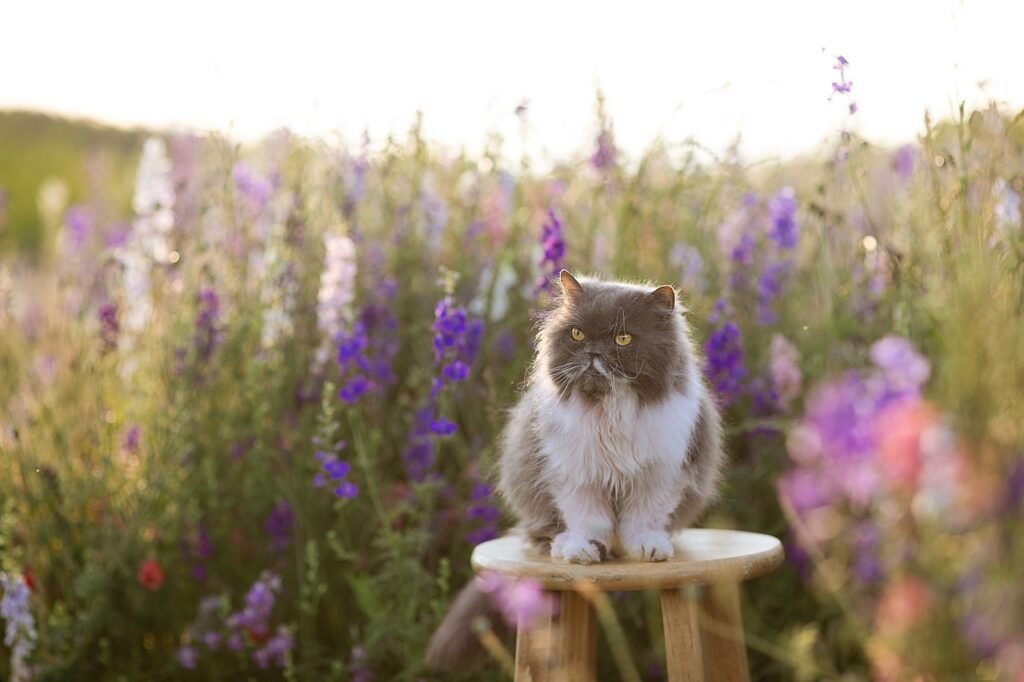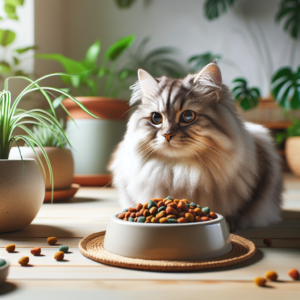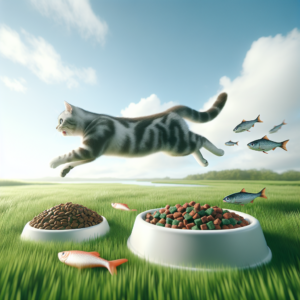
When it comes to our feline friends, maintaining an optimal weight is crucial for their overall health and well-being. Just like in humans, obesity in cats can lead to a plethora of health issues, including diabetes, arthritis, and a shortened lifespan. Given that a significant percentage of household cats are overweight or obese, it’s imperative for cat owners to be proactive about managing their pets’ weight. This article provides effective weight management tips to ensure your cat remains healthy and vibrant.
Understanding Feline Obesity
Feline obesity is a common problem that arises when a cat consumes more calories than it expends. Understanding the causes and consequences of obesity in cats is the first step towards effective weight management.
Causes of Obesity in Cats
1. **Overfeeding:** Many cat owners inadvertently overfeed their pets by not adhering to recommended portion sizes or by offering too many treats.
2. **Lack of Exercise:** Cats, especially indoor cats, may not get enough physical activity, leading to weight gain.
3. **Genetic Predisposition:** Some cat breeds are more prone to weight gain due to genetic factors.
4. **Age and Metabolism:** As cats age, their metabolism slows down, which can contribute to weight gain if their diet is not adjusted accordingly.
Consequences of Obesity
1. **Diabetes Mellitus:** Overweight cats are at a higher risk of developing diabetes, a condition that requires lifelong management.
2. **Joint Problems:** Excess weight puts a strain on a cat’s joints, leading to arthritis and mobility issues.
3. **Heart Disease:** Obesity can lead to high blood pressure and heart disease.
4. **Shortened Lifespan:** Studies have shown that obesity can reduce a cat’s lifespan by up to two years.
Effective Weight Management Tips
Now that we understand the importance of maintaining a healthy weight for cats, let’s delve into practical tips to achieve it.
Consulting Your Veterinarian
Before embarking on a weight management program, it’s crucial to consult with your veterinarian. They can help assess your cat’s current weight, determine an ideal target weight, and offer personalized advice on diet and exercise. Additionally, they can rule out any underlying health issues that may contribute to weight gain.
Portion Control
1. **Follow Feeding Guidelines:** Most cat food packages have feeding guidelines based on weight. Use these as a starting point and adjust according to your cat’s needs.
2. **Measure Food:** Use a measuring cup to ensure your cat is getting the correct portion size. Free-feeding or leaving food out all day can lead to overeating.
3. **Scheduled Feedings:** Establish a feeding schedule to help regulate your cat’s metabolism. Two to three meals a day is ideal for most cats.
Choosing the Right Diet
1. **High-Protein, Low-Carbohydrate Diets:** Cats are obligate carnivores, meaning their diet should be rich in protein and low in carbohydrates. High-protein diets can help maintain lean muscle mass while promoting fat loss.
2. **Weight Management Formulas:** Consider switching to a cat food specifically formulated for weight management. These diets are typically lower in calories and higher in fiber, which can help your cat feel full longer.
3. **Wet vs. Dry Food:** Wet food is generally lower in calories and higher in moisture, which can aid in weight loss and improve hydration.
Incorporating Physical Activity
1. **Interactive Play:** Engage your cat in interactive play sessions using toys like feather wands and laser pointers. Aim for at least 15-20 minutes of playtime twice a day.
2. **Environmental Enrichment:** Provide climbing trees, scratching posts, and puzzle feeders to encourage natural hunting and climbing behaviors.
3. **Leash Training:** If your cat is amenable, consider leash training for outdoor walks. This can be an excellent way for both exercise and mental stimulation.
Monitoring Progress
1. **Regular Weigh-Ins:** Weigh your cat regularly to monitor their progress. Aim for a weight loss of 1-2% of their body weight per week.
2. **Adjusting the Plan:** If your cat is not losing weight as expected, consult your veterinarian to adjust their diet or exercise plan.
3. **Keeping a Journal:** Maintain a journal of your cat’s food intake, exercise, and weight changes to help identify patterns or areas for improvement.
Limit Treats and Table Scraps
1. **Healthy Treat Alternatives:** Opt for low-calorie treats or use small portions of your cat’s regular food as treats.
2. **Avoid Human Food:** Many human foods are high in calories and can contribute to weight gain. Furthermore, some can be toxic to cats.
Maintaining Long-Term Success
Weight management is a lifelong commitment. Once your cat reaches their ideal weight, it’s crucial to maintain healthy habits to prevent future weight gain. Continue to monitor their weight, adjust their diet as needed, and keep them active.
Conclusion
Effective weight management for cats involves a combination of proper diet, exercise, and regular veterinary check-ups. By taking a proactive approach and implementing the tips outlined in this article, you can help your cat achieve and maintain a healthy weight, ultimately enhancing their quality of life and longevity. Remember, every cat is unique, and what works for one may not work for another, so it’s important to tailor your approach to your cat’s specific needs. With dedication and consistency, your feline friend can lead a healthier, happier life.
#ChatGPT assisted in the creation of this article.







